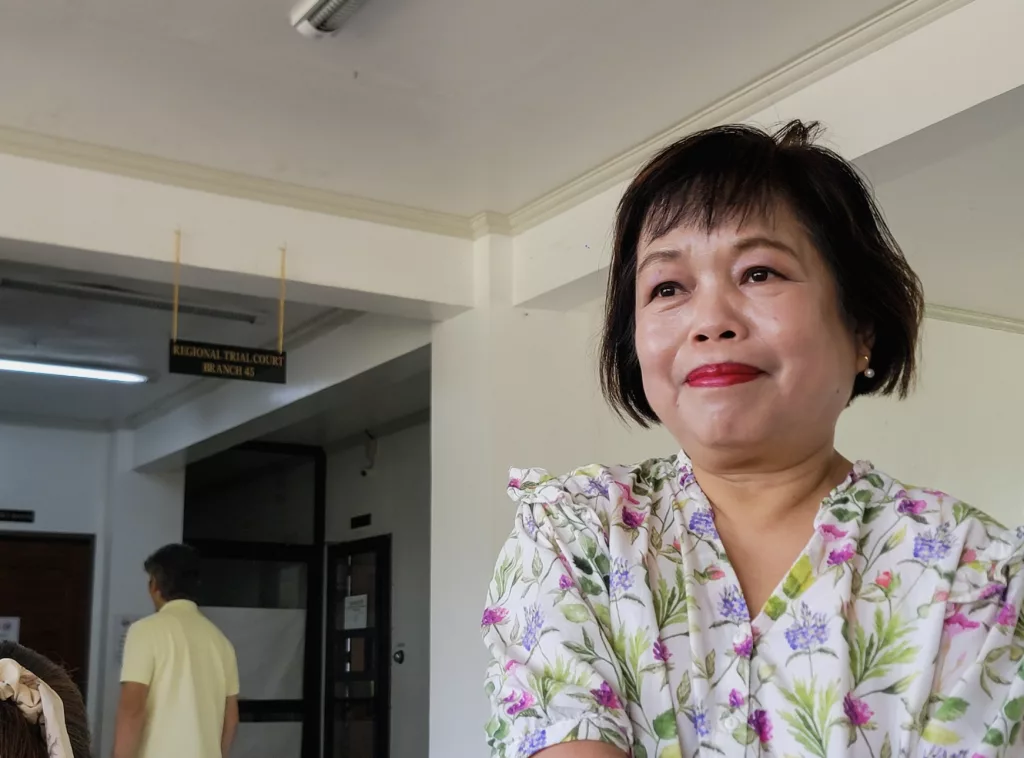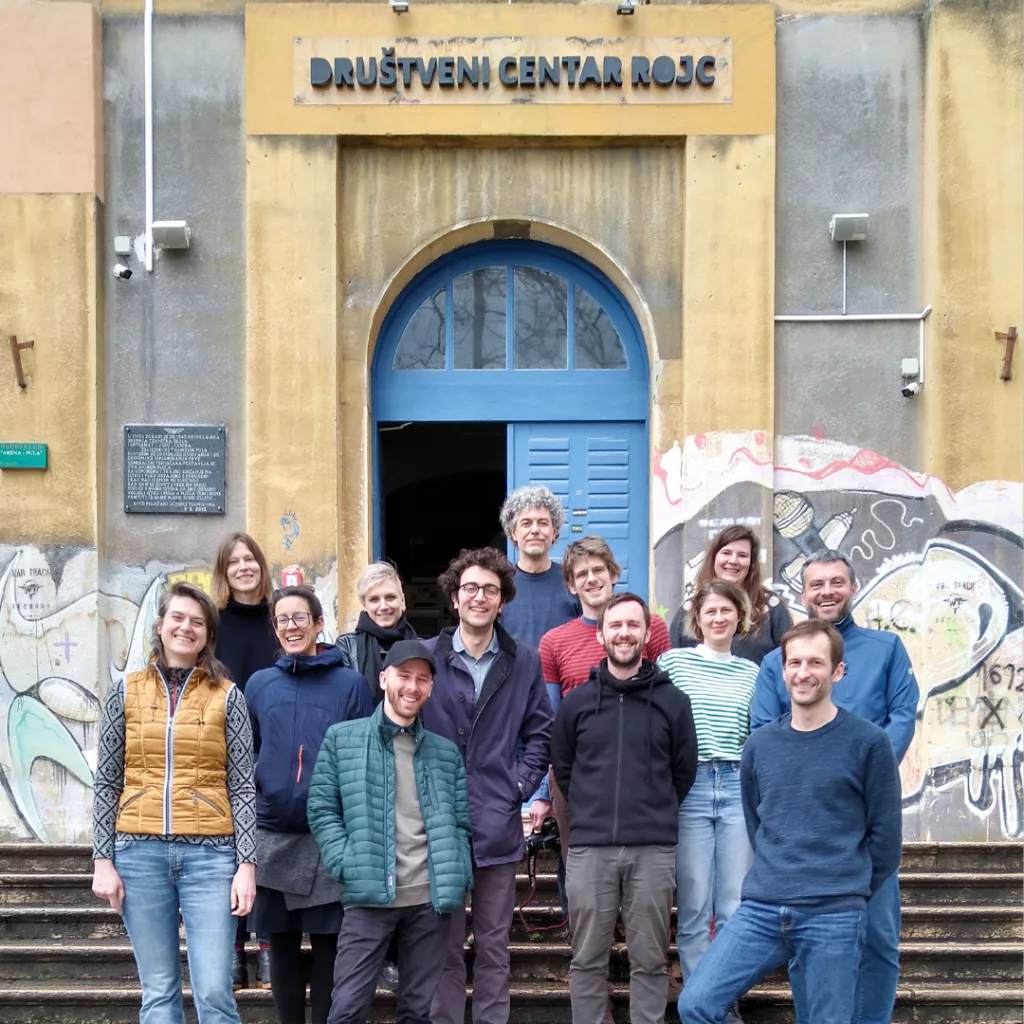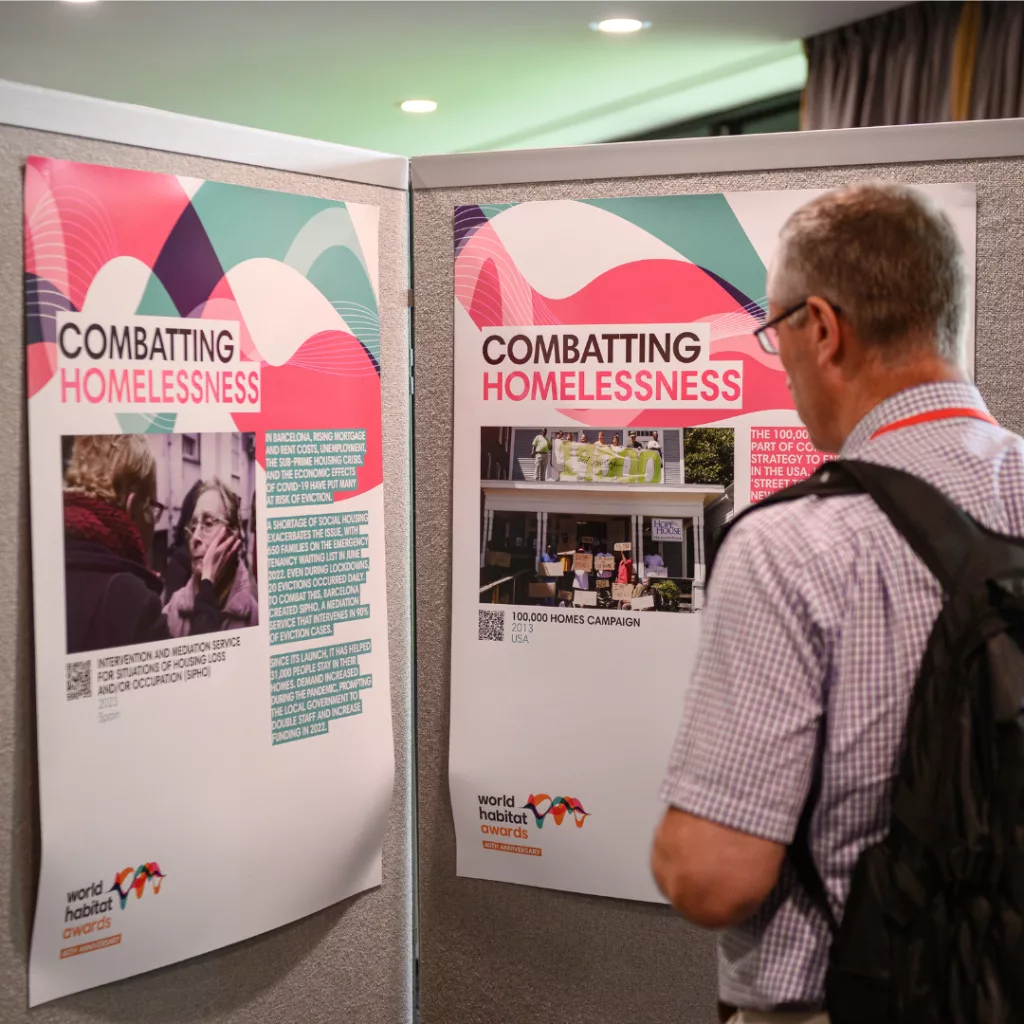Matt Peacock and David Tovey from Arts and Homelessness International talk about the importance of creativity in the homelessness ecology and of working with people not for them.
Matt:
On 18 September, Arts and Homelessness International (AHI) launched in an environment we have grown accustomed to – Zoom. Some of the 300 creative projects we know from around the world joined us and friends from Japan, Rio, Iran and UK to perform poetry, song and theatre, showing how art and creativity helps us thrive, not just survive.
AHI brings positive changes to policy, projects and people in the homelessness sector through creativity. The project was created during the London 2012 Cultural Olympiad when I was running UK charity Streetwise Opera. As the world’s eyes fell on London that summer, people who were homeless wanted to be noticed for their skills and achievements, not their needs and problems. We created With One Voice to showcase this.
We were asked to repeat the event in Rio 2016 and became an independent charity in 2019, changing our name to Arts and Homelessness International this month. We renew our commitment to connect and strengthen this emerging sector of arts/homelessness, helping individual projects develop and making the case for creativity to be more available in homelessness services. We’re also passionate about co-production and half of our board and staff members are – or have been – homeless.
David:
The value of the arts has never been stronger because of COVID – overnight it became as important as medication, helping with isolation, resilience, and mental health in lockdown. TV programmes and online arts workshops have ‘exploded’ onto our screens, making the arts accessible to as many as possible. But there are always parts of society that fall through those cracks. Homeless communities being one.
However, we found that the Homeless Arts sector stepped up during lockdown, to make sure that those facing homelessness had access to the arts:
- Cardboard Citizens, UK initiated new arts projects;
- we helped create a resource, based on an idea from Cardboard Citizens about installing mobile libraries in hotels;
- Accumulate sent 3,500 art packs to those being housed in hotels in London;
- Path With Art, Seattle, bought smart phones and tablets so their members could stay connected;
- the Kettle Choir in Vancouver produced this song with members during lockdown;
- Cocoroom from Osaka created a lockdown radio station for residents of the community;
- The Reader organised one-to-one reading projects over the phone; and
- an online opera was created by Streetwise Opera.
Sadly, arts within the homelessness sector have traditionally been undervalued and never really taken seriously. Up until now, they have always been seen as an ‘add on’ to the work that already exists within the sector. But for the first time it has more value than it’s ever had. The arts are reaching people more than ever before and COVID-19 is showcasing that everyone should have access to arts.
You see, homelessness is not just about housing. There are a multitude of reasons why a person becomes homeless, so there needs to be a multitude of solutions when helping someone get out of homelessness. The arts has to be included as one of those.
Matt:
It’s this philosophy that drove us to make the case for creativity in the homelessness sector more strongly. We commissioned a global impact review of arts and homelessness which showed that creativity builds well-being, agency, resilience and skills (Shaw, 2019).
We also worked with colleagues in the homeless sector in Manchester to develop a visual model to demonstrate the need for a multiplicity of solutions. This became the Jigsaw of Homeless Support, a model that is being embedded into the city homelessness strategies in Manchester and Coventry and is one of the UN’s examples of best practice. We’re now planning on how to bring this theory to practice with creativity being embedded throughout homelessness services on a city level, beginning in Coventry.
David:
Our approach isn’t new though; similar ways of working exist when looking at civic planning. Welwyn Garden City was the first UK new town to be designed around a pandemic in the 1920s after the Spanish Flu outbreak, with healthy living and social life the key drivers in its design. Milan’s Bosco Verticale are designed around well-being – with 900 trees, 5,000 shrubs and over 11,000 perennials producing oxygen and mitigating pollution. This biodiversity attracts more birds, insects and wildlife, having a holistic approach for the community from the outset.
Our utopian view of homeless services also involves changing the way we regard homeless people – people think that homeless people are a drain on society and resources but if we consider the value of people, then everyone is adding to society.
If you get this holistic approach right with creativity embedded into solutions, and working with people not for them, magic can happen. Arts got me through my situation when I was homeless and a few years later, I am on government panels with ministers, advising them on policy. Surely everyone deserves that opportunity?
To find out more visit www.artshomelessint.com or @artshomelessint.




